When something is watched, is it only then acknowledged as existing?
When something is scrutinized by society, is its identity shaped by the viewer?
If no one watches, does its existence still hold?
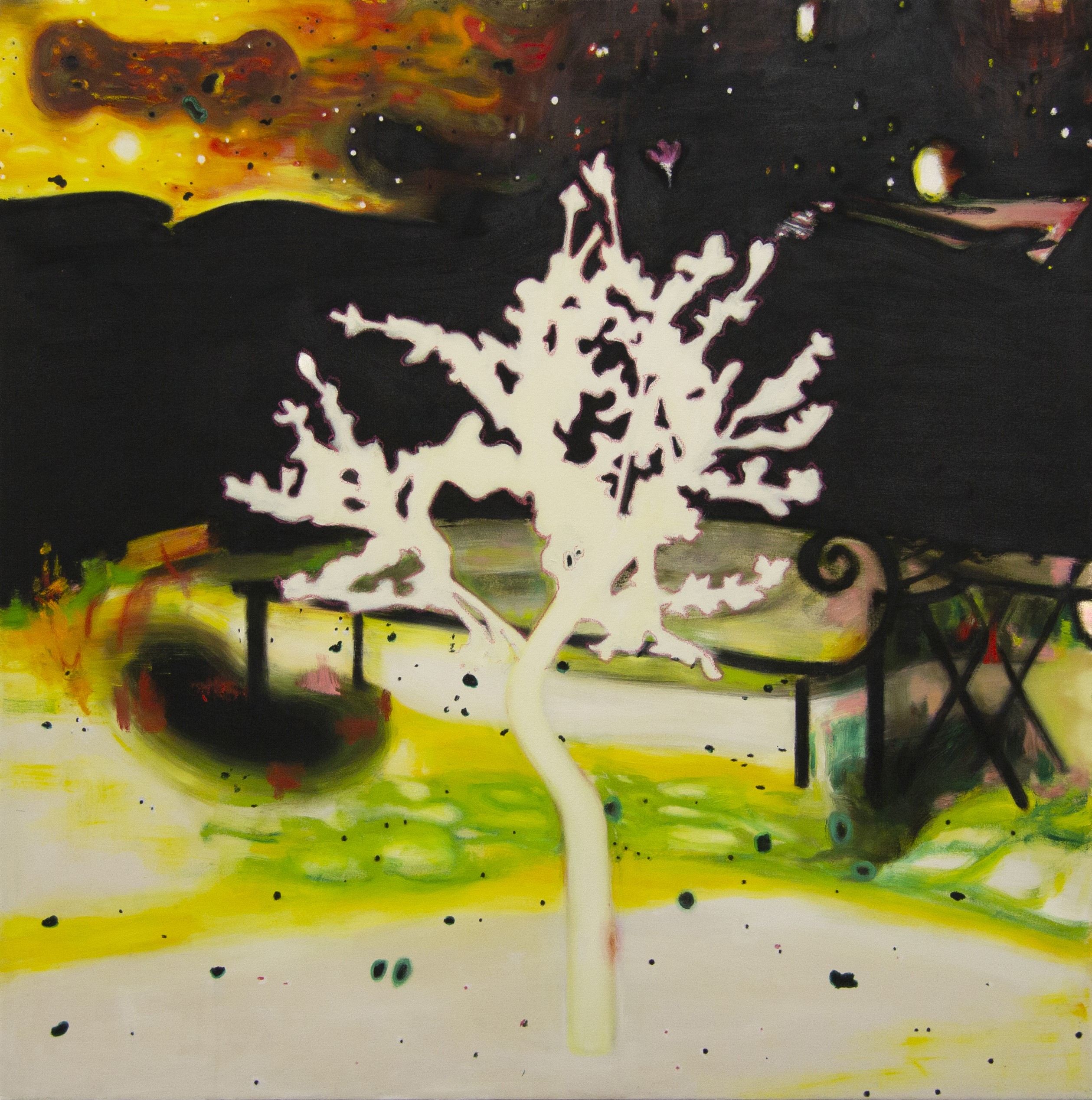


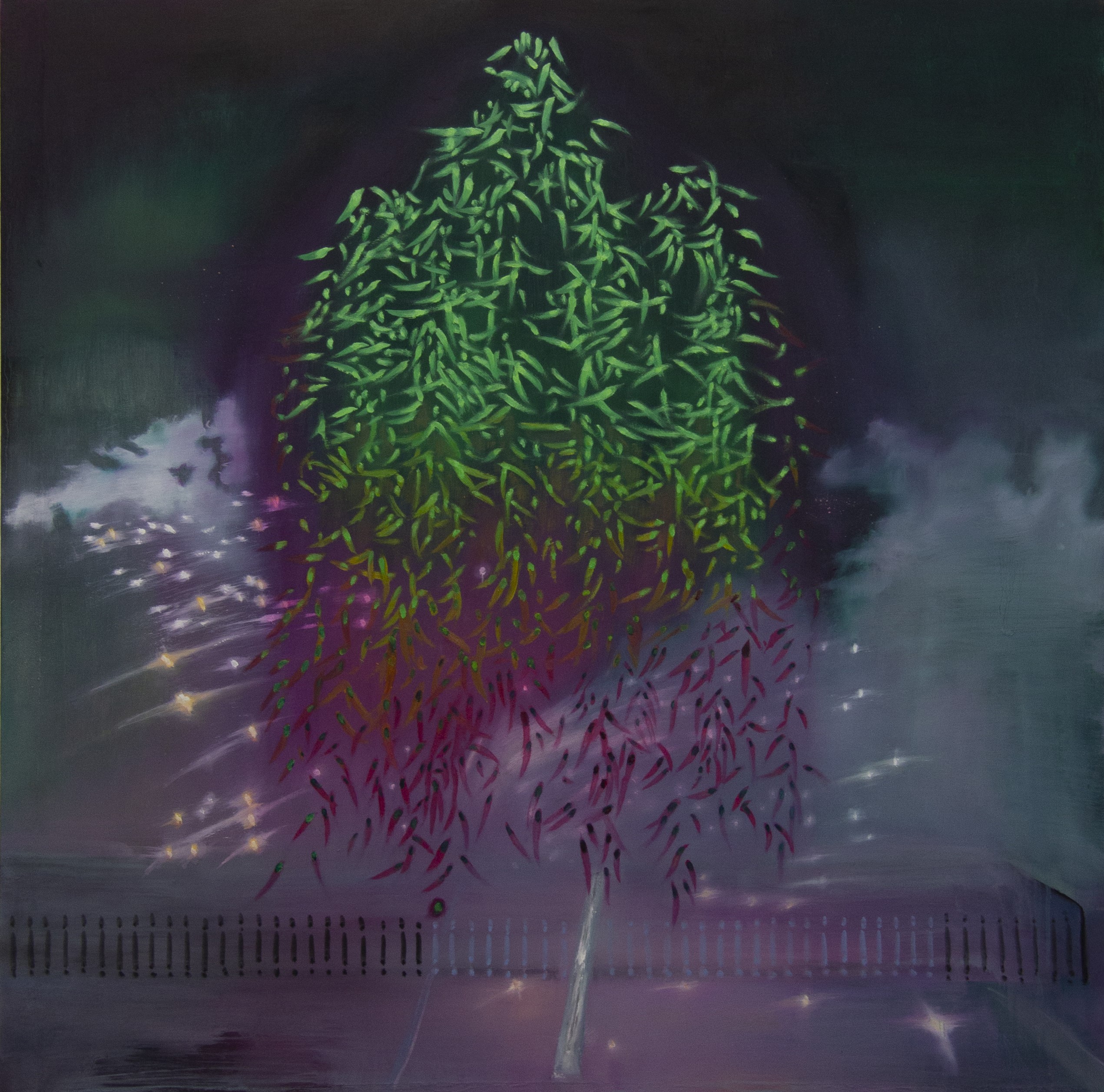
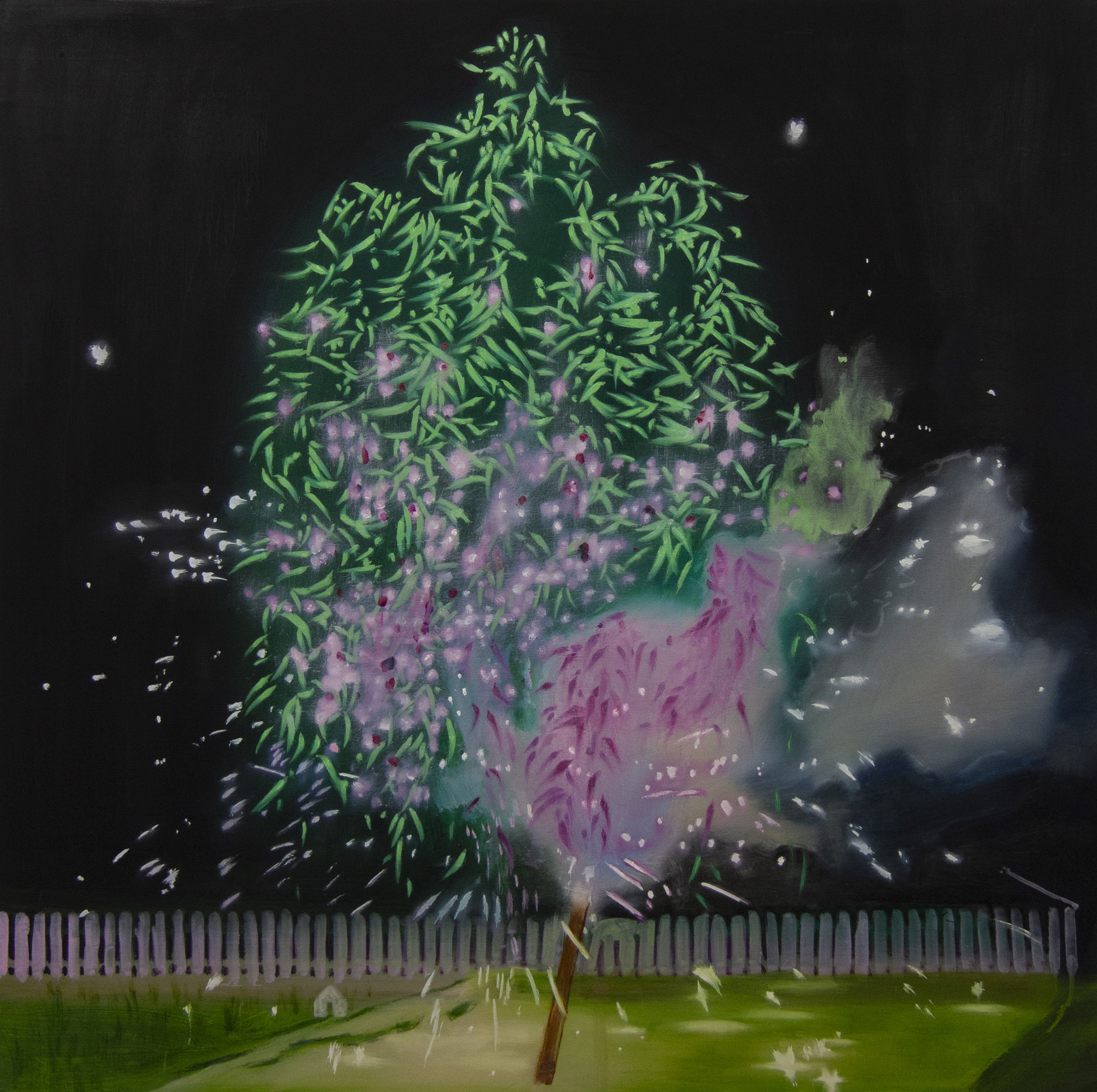


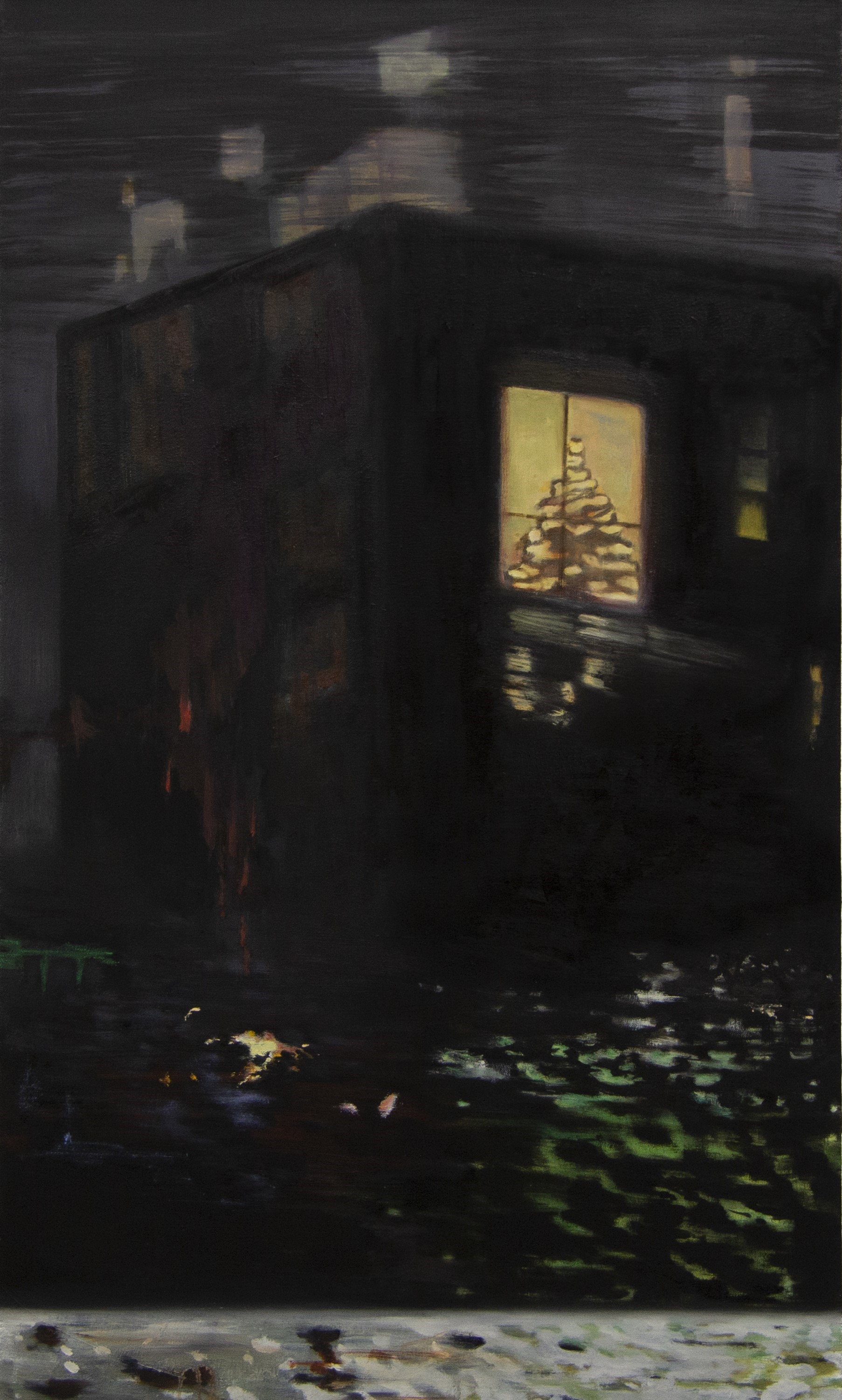


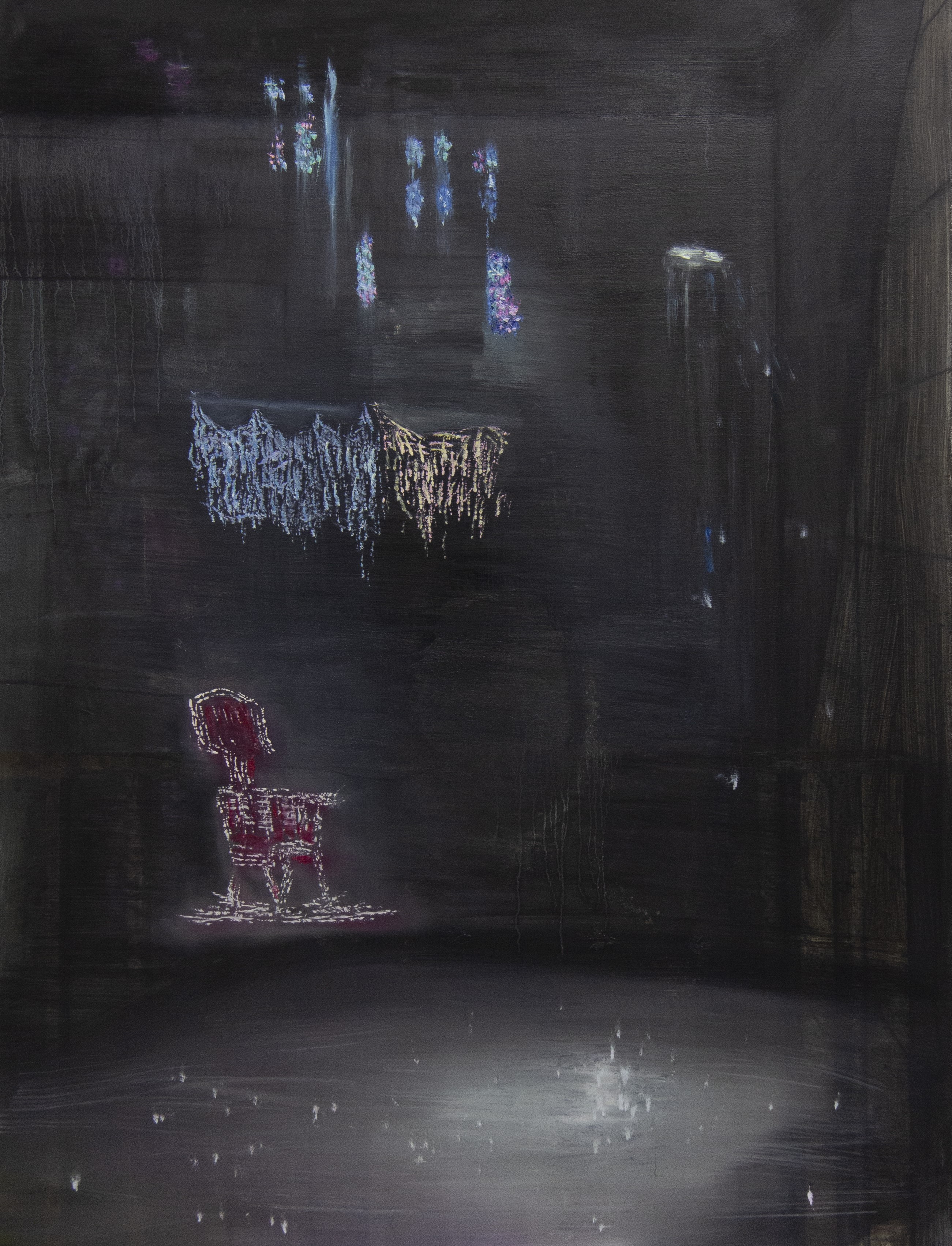
My practice explores the relationship between visibility, identity, and the symbolic construction of landscape. Working across painting, moving image, and installation, I investigate how individual subjectivities are shaped by overlapping systems of cultural memory, social structure, and emotional experience. Rather than approaching landscape as a depiction of physical geography, I consider it as a shifting terrain formed through the flows of emotion, belief, and diasporic memory. Within this internal landscape, solitude emerges not as isolation, but as a persistent emotional condition—a quiet intensity that underpins my use of repetition, rhythm, and symbolic form.
Recurring throughout my work are decorative lights—motifs drawn from both Eastern and Western traditions, often associated with ritual, celebration, and domestic ornament. These objects, though easily overlooked in daily life, become emotionally charged in moments of transition, loss, or
remembrance. In my paintings, they function as symbolic agents: carriers of affect, transmitters of cultural knowledge, and markers of time. These symbols circulate between the public and the
private, anchoring emotional experience to cultural markers. Through this symbolic infrastructure, I construct landscapes not defined by physical terrain, but shaped by flows of memory, displacement, and cultural transmission.
Formally, my paintings are often arranged in pairs or sequences, using subtle variation to evoke the passage of time and shifts in emotional or perceptual states. I am interested in how acts of looking—both seeing and being seen—mediate one’s sense of existence. Viewing, in my work, is not
passive: it is a social force that defines boundaries, conditions perception, and reveals the power dynamics embedded in visibility itself.
In these constructed spaces, what is visible becomes inseparable from what is felt—presence is not located, but sensed.